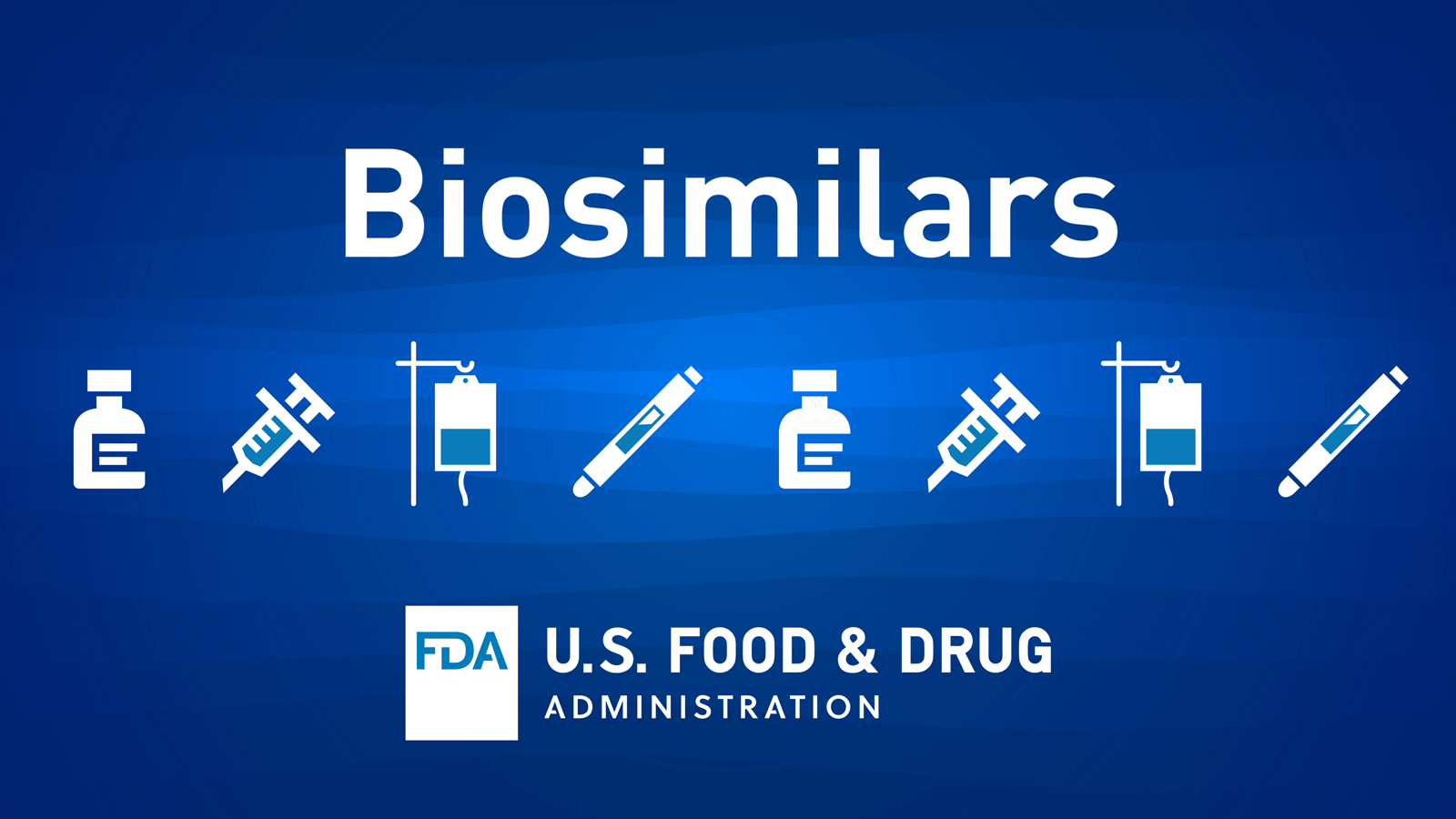
The U.S. Food and Drug Administration is reminding parents and caregivers not to put babies in sleep positioners. These products—sometimes also called “nests” or “anti-roll” products—can cause suffocation (a struggle to breathe) that can lead to death.
The FDA regulates baby products as medical devices if, among other things, the manufacturer claims that the product is intended to cure, mitigate, treat, or prevent, or reduce a disease or condition in its labeling, packaging, or advertising. A number of sleep positioners are considered medical devices because of their intended use. (This intended use can be outlined by statements made on the labels, labeling, instructions for use, or promotional materials for the products.)
Sleep positioners that do not meet the definition of a medical device may be regulated by the Consumer Product Safety Commission.
Some types of sleep positioners can feature raised supports or pillows (called “bolsters”) that are attached to each side of a mat, or a wedge to raise a baby’s head. Products called “nests” can feature soft, wall-like structures that surround the base. The positioners claim to keep a baby in a specific position while sleeping and are often used for babies under 6 months old.
To reduce the risk of sleep-related infant deaths, including accidental suffocation and Sudden Infant Death Syndrome (SIDS), the American Academy of Pediatrics recommends that infants sleep on their backs, positioned on a firm, empty surface. This surface should not contain soft objects, toys, pillows, or loose bedding.
Safety Advice for Putting Babies to Sleep
- NEVER use infant sleep positioners. Using this type of product to hold an infant on his or her side or back is dangerous.
- NEVER put pillows, blankets, loose sheets, comforters, or quilts under a baby or in a crib. These products also can be dangerous. Babies don’t need pillows and adequate clothing—instead of blankets—can keep them warm.
- ALWAYS keep cribs and sleeping areas bare. That means you should also never put soft objects or toys in sleeping areas.
- ALWAYS place a baby on his or her back at night and during nap time. An easy way to remember this is to follow the ABCs of safe sleep: “Alone on the Back in a bare Crib.”
About Infant Suffocation and Other Dangers
Each year, about 4,000 infants die unexpectedly during sleep time from accidental suffocation, SIDS, or unknown causes, according to the Eunice Kennedy Shriver National Institute of Child Health and Human Development (NICHD).
The federal government has received reports about babies who have died from suffocation associated with their sleep positioners. In most of these cases, the babies suffocated after rolling from their sides to their stomachs.
In addition to reports about deaths, the federal government also has received reports about babies who were placed on their backs or sides in positioners—but were later found in other, dangerous positions within or next to these products.
To avoid these dangers, remember:
- The safest crib is a bare crib.
- Always put babies on their backs to sleep.
You can learn more about safe sleeping environments on NICHD’s website.
Beware of Medical Claims About Sleep Positioners
Some manufacturers have advertised that their sleep positioners prevent SIDS; gastroesophageal reflux disease (GERD), in which stomach acids back up into the esophagus; or flat head syndrome (plagiocephaly), a deformation caused by pressure on one part of the skull.
Here are the facts:
The FDA intends to take action against device manufacturers who make unproven medical claims about their products. You can do your part to keep your baby safe by not using sleep positioners.
You can report an incident or injury from an infant sleep positioner to the FDA’s MedWatch program.
And you can find more advice about baby products on the FDA’s website.
Finally, if you have questions about how to safely put a baby to sleep, or how to avoid or treat certain health issues, talk to your health care provider.
Source: FDA
Technical support by China PR News







